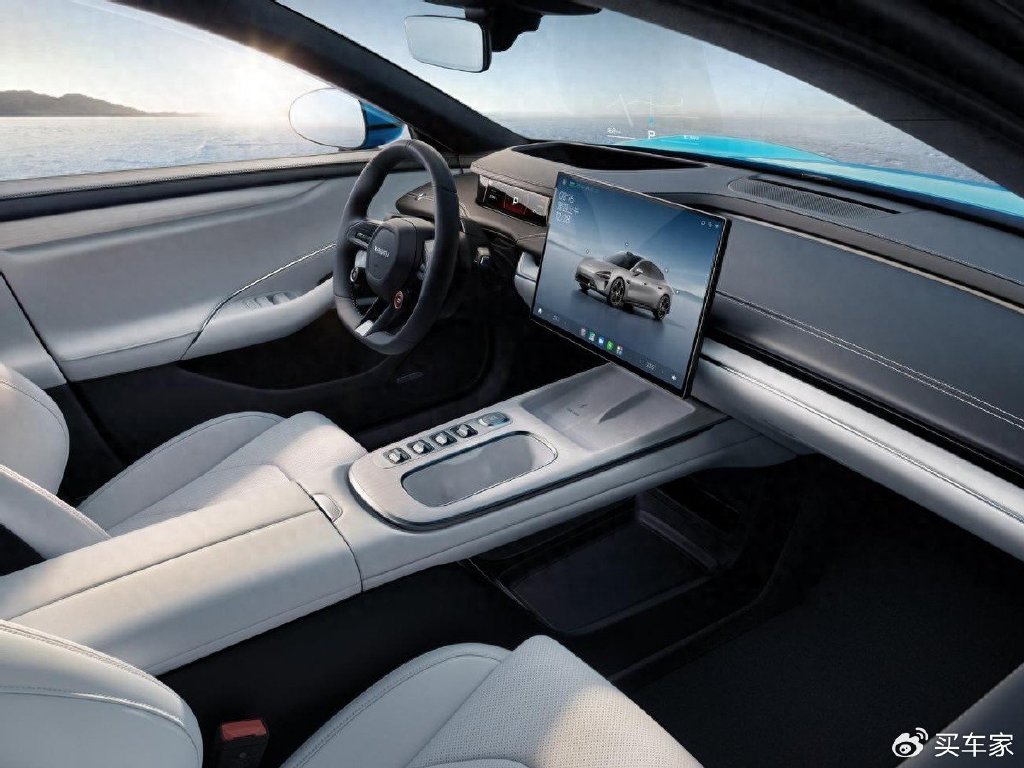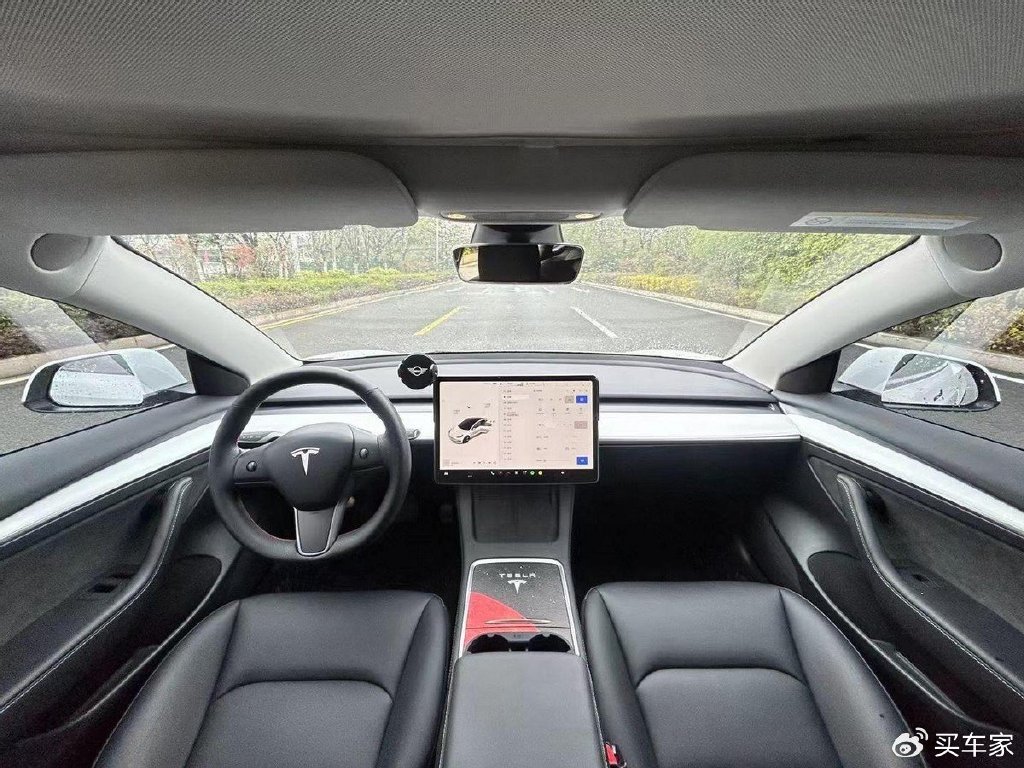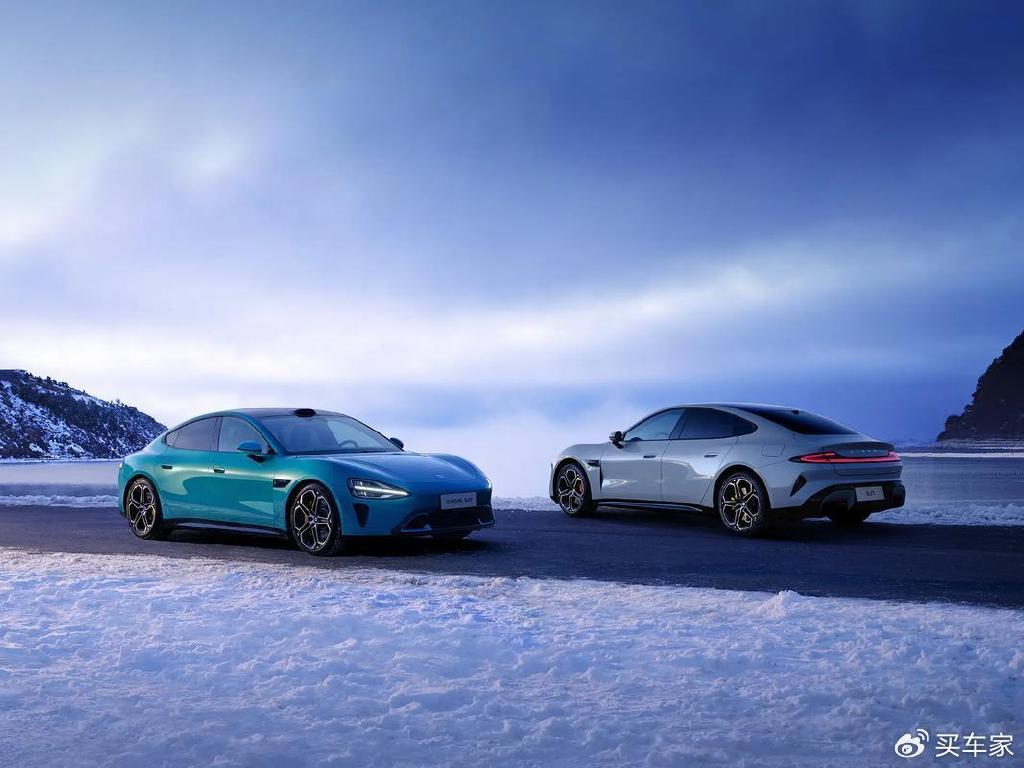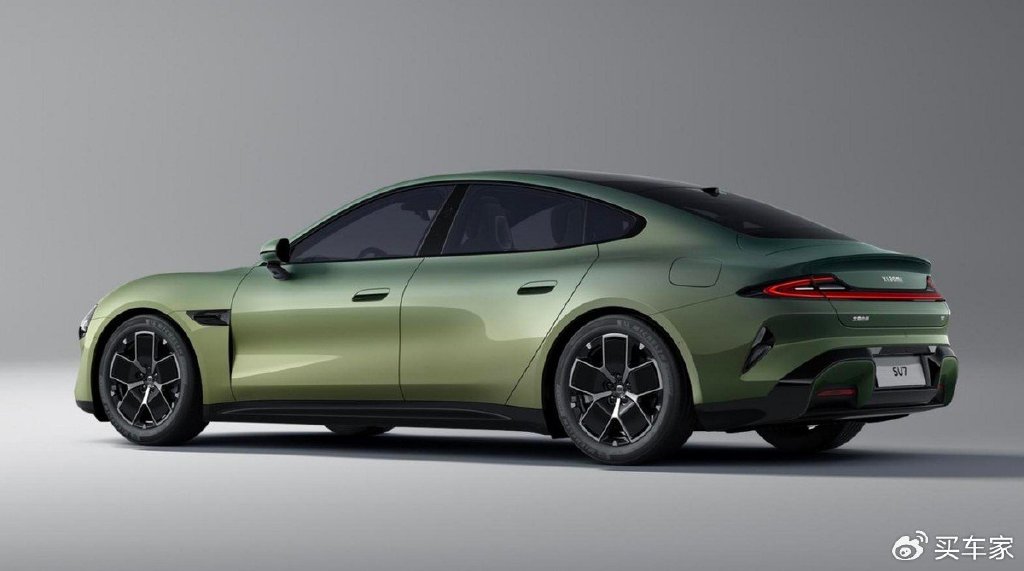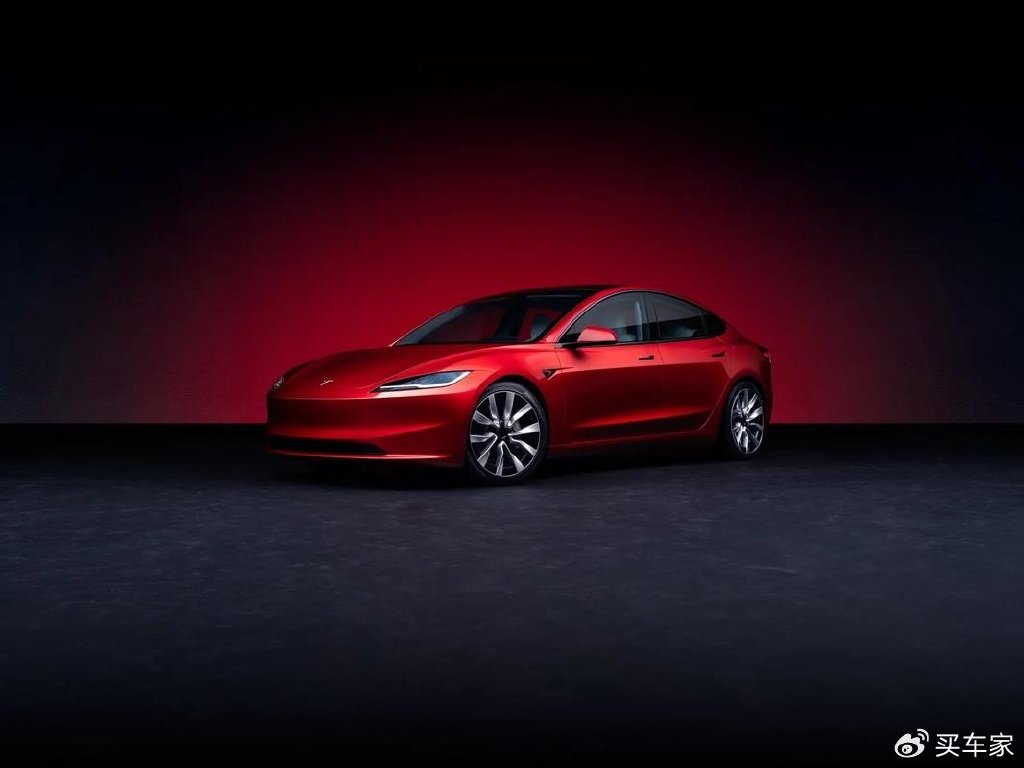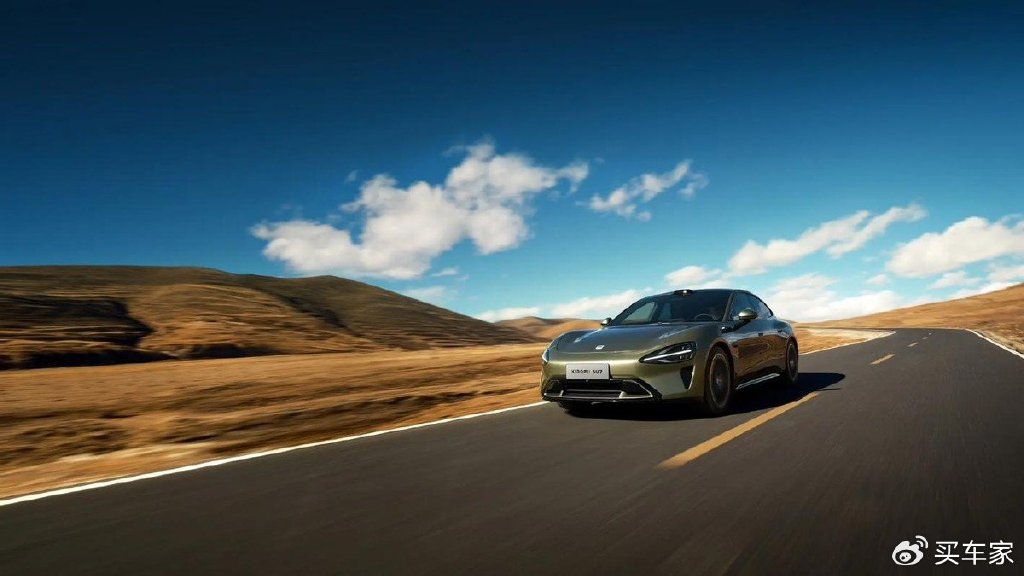In the electric vehicle market, the Tesla Model 3 sets the standard. The Xiaomi SU7, a newcomer, quickly attracts attention with its high cost-performance ratio and smart features. How should consumers choose between these two popular models? This article compares driving experience, features, smart driving, space, range, and long-term brand considerations to help you find the best fit. Feature Comparison: Smart Technology vs. Practicality Xiaomi SU7: High Cost-Performance and Smart Ecosystem The Xiaomi SU7 offers impressive features. It includes standard seat ventilation and heating, plus a built-in refrigerator to address summer driving challenges. The rear seat features an 8-inch touchscreen that controls air conditioning and entertainment, enhancing passenger comfort.
The SU7 features the Snapdragon 8295 chip. It operates more smoothly than Tesla. The voice assistant “Xiao Ai” supports home integration. The car system allows phone connectivity and third-party app expansion. This greatly enhances convenience. In contrast, the Tesla Model 3 appears simpler in configuration. The older model lacks seat ventilation. Its air conditioning logic is complex. The voice system responds slowly and does not support ecological integration. Although the Model 3 remains advanced in intelligence, the SU7 clearly excels in practicality and comfort.
Smart Driving: Free vs. Paid Options Xiaomi SU7: All Models Offer Smart Driving for Free The Xiaomi SU7 provides free highway NOA and city NOA functions across all models. It supports automatic lane changes and parking. Occasionally, lane departure bugs require manual takeover, but overall performance is quite good. For budget-conscious users wanting smart driving, the SU7 is a high-value choice. Tesla Model 3: High FSD Potential but Extra Cost The basic Autopilot feature in the Tesla Model 3 is stable. However, FSD (Full Self-Driving) is not fully available in China and costs an additional 64,000 yuan (8850$). While its HW4.0 hardware allows for future upgrades, current usability is limited. If you have high demands for smart driving and are willing to pay for future potential, consider the Model 3’s FSD. Driving Experience: The Divide Between Control and Comfort Tesla Model 3: The Ultimate Experience in Sporty Handling The Tesla Model 3 is known for its excellent sporty handling. Its chassis tuning is firm, providing clear road feedback and precise steering. Stability during high-speed cornering is outstanding. The new Model 3 optimizes the stability system, improving high-speed cornering stability by 15%. For users who enjoy driving, the Model 3 is a great choice.
The Model 3 has a stiff suspension system. It feels bumpy over speed bumps. Long drives may cause discomfort. The regenerative braking system can adjust to a low setting. This setting approaches the smoothness of gasoline vehicles. However, drivers still need time to adapt in everyday use. The Xiaomi SU7 focuses on comfort. Its chassis tuning is softer. It offers good stability at high speeds. The body experiences less float, making it suitable for long trips. The SU7 accelerates powerfully, but it delivers a mild power output in daily use. In comfort mode, there is no noticeable push-back. This car suits users seeking a comfortable driving experience.
Space Performance The Xiaomi SU7 has a wheelbase of 3000mm. It offers better legroom than the Model 3. However, both cars have average rear-seat space. Passengers taller than 180cm feel cramped in headroom. Range and Charging The Xiaomi SU7 Max claims a range of 800km but achieves about 600km in real use. The Model 3 Long Range claims 713km but reaches around 568km. Tesla’s battery management system performs better and has a lower idle discharge rate. Both cars support fast charging, and their charging experiences are similar.
Brand and Long-Term Use Considerations Tesla: High Maturity, Good Resale Value Tesla leads the electric vehicle market. It has high maturity and a wide global charging network. The resale value of its used cars is about 60%-70%, well above the industry average. If you prioritize brand assurance and long-term experience, the Model 3 is a solid choice.
Xiaomi: A New Player with Great Potential, but Needs Time to Prove Itself Xiaomi is a newcomer. Its brand recognition and after-sales network are still developing. Long-term reliability remains unproven. However, the SU7 offers high value and rich features, making it a competitive option. It suits users who seek novelty and value. Shopping Suggestions: For driving pleasure and brand assurance, choose the Tesla Model 3. The 2025 version offers a range of 713 km and has great potential for Full Self-Driving (FSD). For features and value, select the Xiaomi SU7, especially the Max version. It matches the performance of luxury fuel cars but may have initial system issues. Whichever model you choose, both represent the best in the current electric vehicle market. This comparison aims to help you make a smarter choice and find the perfect “hot” model for you.
